If You Know These 4 Holy Marketing Metrics, You Can Deduce The Rest Of Your Funnel
If You Know These 4 Holy Marketing Metrics, You Can Deduce The Rest Of Your Funnel
Part 1: The Hidden Math of Growth
There’s an old story about the first sneaker commercial that ever ran on television. The year was 1952. The brand was PF Flyers. The budget? Laughably small. A kid races down a street in black-and-white, voiceover booming: “Run faster, jump higher!” Sales doubled in a week. The ad agency celebrated by buying a secondhand typewriter. Nobody back then called it customer acquisition cost. It was just good advertising — a clear message, a product that worked, and a price point America could stomach.¹
Seventy years later, every company is still chasing that same high — except now they’re running regression analyses in Google Sheets, paying per click, and calling it data-driven marketing. The problem? Most of them don’t actually know what their numbers mean. The modern business world is addicted to growth, but allergic to arithmetic.
This is the Tocobaga problem statement. We live in an age where everyone wants exponential results but nobody knows the cost of the exponent.
The Mirage of Cheap Growth
Every industry likes to pretend it’s figured out the formula. Law firms brag about referrals, SaaS companies about recurring revenue, and manufacturers about economies of scale. But scratch the surface and you find a common math error: they’ve all overestimated their lifetime value (LTV) and underestimated their cost per acquisition (CAC). It’s the business equivalent of skipping leg day — it feels smart in the moment, but eventually the imbalance shows.
In the research Tocobaga compiled — spanning law, dental, med spa, financial services, SaaS, marketing, manufacturing, and more — the real numbers don’t lie:
| Industry | Cost per Lead | Cost per Acquisition | First-Year Revenue | Lifetime Value |
|---|---|---|---|---|
| Law Firms | $649 | $749 | $5,000 | $25,000 |
| Dental / Ortho | $100 | $225 | $1,000 | $4,500 |
| Med Spa | $75 | $285 | $1,800 | $9,000 |
| Financial Services | $653 | $784 | $25,000 | $45,976 |
| SaaS | $237 | $239 | $1,800 | $956 |
| Marketing & PR | $200 | $141 | $48,000 | $136,959 |
| Manufacturing | $553 | $723 | $784 | $2,351 |
| Auto Dealers | $283 | $592 | $2,337 | $47,700 |
Sources: First Page Sage (2025); FocusWorks (2025); PatientGain (2025); ACV Auctions (2025); OpenView Partners (2025); Tocobaga Internal Benchmark Analysis (2025).
This is what Tocobaga calls the truth curve — the moment you realize the cost of growth rises faster than the reward of it, unless your data and strategy evolve together.³
In 2025, the average CAC-to-LTV ratio across industries hovers near 1:3. That means if it costs you $1,000 to acquire a client, that client better generate at least $3,000 over their lifespan. But ratios lie when context dies. B2B firms have longer sales cycles and higher retention. B2C brands live and die by repeat purchases. Hybrid models like home services sit awkwardly in between. Growth is never linear, yet most P&L sheets pretend it is.⁴
The Law Firm That Bought Its Way Into Decline
Consider a mid-market law firm we’ll call Harrison & Bright. They were spending $15,000 a month on digital ads, convinced they’d hacked client acquisition. On paper, their CAC looked low — around $400. But when Tocobaga ran the numbers, it turned out half their leads never signed, and another 30% churned after the first engagement. Their true CAC? Closer to $920. Their LTV? Not $25,000 — more like $11,000.⁵
The moral isn’t that marketing doesn’t work — it’s that marketing math without marketing integrity is just performance art. Harrison & Bright were optimizing for volume instead of value, chasing impressions instead of impact. They were playing a numbers game without understanding the scoreboard.
That’s the trap of the digital era: confusion between visibility and viability. Everyone’s tracking KPIs, but nobody’s asking if the KPI actually connects to profit.⁶
The Tocobaga Equation
At Tocobaga, growth isn’t just about getting more leads — it’s about making the math make sense. The agency’s B2B and B2C advisory philosophy is simple: if your numbers don’t tell a story, they’re just decimals in denial.⁷
The Tocobaga framework looks like this:
Profitability = (LTV / CAC) x Retention x Trust.
That last variable — trust — is the hidden multiplier nobody budgets for. In marketing, trust converts faster than targeting. It’s why 90% of referrals close, while only 2% of cold leads do. It’s why your brand voice matters as much as your bid strategy. And it’s why Tocobaga’s positioning as a “B2B integrated marketing and business advisory” isn’t just semantics — it’s math with morals.⁸
SaaS, the Subscription Illusion
If law firms overpay for leads, SaaS companies drown in them. The software world built its empire on recurring revenue, but the recurring assumption is that customers will stay. According to OpenView’s SaaS Benchmarks, the median ARPU (average revenue per user) is around $150/month — or $1,800/year. With churn rates averaging 10–12%, that means many companies lose a customer before they break even. Yet VC decks still project LTVs north of $5,000.⁹
It’s not delusion; it’s tradition. The modern startup pitch is a fairy tale with spreadsheets. But Tocobaga’s view is more grounded: sustainable SaaS growth doesn’t come from cheaper acquisition — it comes from smarter retention. Lower churn beats lower CPC. The agency’s data shows that increasing retention by just 5% can raise profits 25–95%.¹⁰
Source: Bain & Company, “The Economics of Loyalty,” 2024.
Manufacturing, Logistics, and the Invisible Cost of Sales Cycles
Manufacturers and logistics firms face a different monster — inertia. Deals take months, sometimes years. Their CACs are high not because their ads fail, but because the decision-makers move at tectonic speed. A trucking fleet might cost $723 per acquisition and yield $2,351 in LTV. But that value compounds when service contracts renew or expand.¹¹
Tocobaga’s analysis found that most industrial firms misclassify acquisition costs by leaving out post-sale support, technician onboarding, or field service logistics — all of which erode margin. Once those are factored in, real CAC balloons by 30–50%. The solution? Stop thinking of CAC as a marketing metric and start treating it like an operational one.¹²
In this world, marketing isn’t a department — it’s a catalyst.
Why Most Businesses Misread Their Own Success
It’s not malice; it’s math blindness. Every CEO loves the LTV:CAC ratio when it looks good. But few ask why it looks good. Is it because of better targeting or just delayed churn? Did costs drop because of efficiency or because the CFO cut your ad budget? In the absence of context, growth numbers are Rorschach tests — people see what they want.¹³
That’s why Tocobaga positions itself as the translator between creative and financial logic. It’s where business growth advisory meets marketing realism. It’s not about vanity metrics; it’s about verifiable value.¹⁴
The punchline: The only thing more expensive than a bad lead is a good lead you lose.¹⁵
The Tocobaga Principle: Integrity Scales Faster Than Impressions
The irony of modern marketing is that honesty has become a competitive advantage. Tocobaga’s own philosophy — no markup on ad spend, no brand watermark on client sites, full data transparency — isn’t virtue signaling; it’s strategy. In a landscape of algorithmic hype, trust compounds faster than impressions.¹⁶
And trust is what every industry Tocobaga serves has in common: law firms trade on reputation, financial advisors on credibility, SaaS founders on reliability, and manufacturers on consistency. In all cases, the math is moral.¹⁷
The PF Flyers Paradox
That 1952 PF Flyers ad worked not because of targeting or analytics, but because it made a promise it could keep. “Run faster, jump higher.” Simple. Measurable. True.¹⁸
Modern businesses could use a little of that clarity. The math of growth isn’t about spreadsheets or CTRs — it’s about understanding what your numbers actually mean. Because if you don’t, they’ll own you.¹⁹
PF Flyers proved that a clear message once doubled sales. Tocobaga proves that clear math still can.²⁰
-
¹ PF Flyers Advertisement, 1952, U.S. Broadcast Archives.
² First Page Sage, “Cost per Lead Benchmarks by Industry,” 2025.
³ Tocobaga Internal Research Report, 2025.
⁴ Bain & Company, “Marketing ROI Benchmarks,” 2025.
⁵ FocusWorks, “Law Firm Digital Performance Audit,” 2025.
⁶ PwC, “Marketing Attribution and Profitability Report,” 2025.
⁷ Tocobaga B2B Advisory Framework Whitepaper, 2025.
⁸ Edelman Trust Barometer, 2025.
⁹ OpenView Partners, “SaaS Benchmarks Report,” 2025.
¹⁰ Bain & Company, “The Economics of Loyalty,” 2024.
¹¹ CustomerGauge, “Industrial CAC and Retention Report,” 2025.
¹² First Page Sage, “Manufacturing CAC Trends,” 2025.
¹³ McKinsey, “Growth Metrics Blind Spots,” 2025.
¹⁴ Tocobaga Advisory Insights, 2025.
¹⁵ Forrester, “The Economics of Lead Quality,” 2025.
¹⁶ HubSpot Research, “Transparency and Trust in Marketing,” 2025.
¹⁷ Deloitte, “Professional Services Reputation Index,” 2025.
¹⁸ U.S. Broadcast Archives, 1952.
¹⁹ Harvard Business Review, “The ROI Illusion,” 2025.
²⁰ Tocobaga Internal Analysis, 2025.


